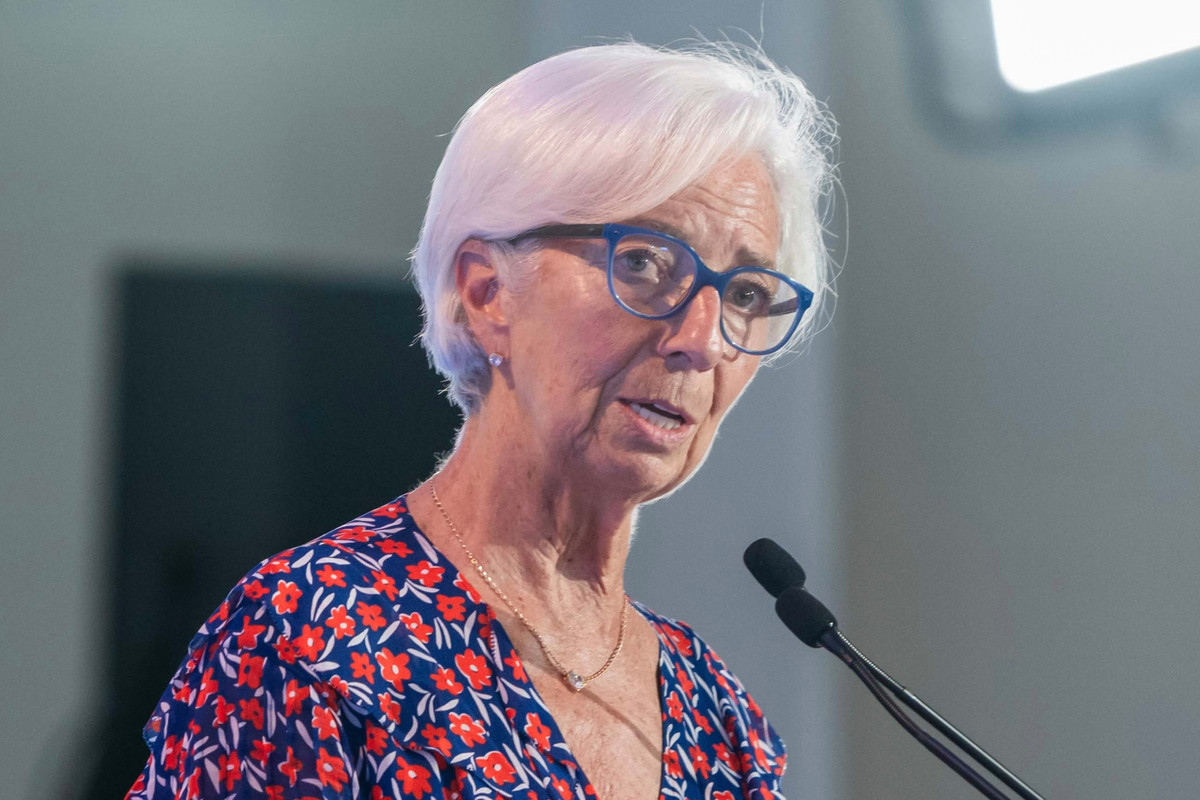Speaking at the World Economic Forum in Geneva, European Central Bank president Christine Lagarde that although the euro area economy had benefited from global frontloading in the first quarter of 2025, “this effect is now reversing” as tariff increases were implemented. She added that the expected slowdown in euro area growth was already evident in the second quarter. She cautioned, “Looking ahead, according to the Eurosystem’s June projections, growth is expected to slow in the third quarter as frontloading unwinds.”
Lagarde noted that recent trade agreements had alleviated, but not removed, global uncertainty. One index of global trade policy uncertainty had fallen by roughly half from its April peak but remained well above historical norms. She confirmed that ECB staff would incorporate the impact of the EU-US trade deal into the institution’s September projections, which would guide upcoming monetary policy decisions.
Global growth buoyed by distortions
Lagarde noted that the International Monetary Fund has reported global growth in the first quarter outpaced April projections by 0.3 percentage points, driven by import frontloading in anticipation of tariffs. She described the effect as “tariff-induced distortions of economic activity” that temporarily lifted international trade and investment.
Euro area resilience fading
The euro area too benefited from global frontloading and stronger private consumption and investment, Lagarde asserted. Export-oriented sectors with significant exposure to the United States, particularly pharmaceuticals–which account for over one-fifth of euro area exports to America–recorded strong output growth in the first quarter.
By the second quarter, however, this momentum had begun to fade as the effects of tariff hikes materialised. At the same time, the labour market remained stable, with unemployment at 6.2% in June, little changed from a year earlier, and the labour force continuing to expand.
EU-US trade deal raises tariff burden
The EU-US trade agreement was expected to weigh further on euro area exports. Lagarde said the deal implied an effective average tariff of between 12% and 16% on US imports of euro area goods, slightly higher than the assumptions in the ECB’s June projections but well below the severe scenario envisaged at over 20%.
Uncertainty persisted, she added, as sector-specific tariffs on pharmaceuticals and semiconductors had yet to be clarified.
Diversifying trade links
While reaffirming the United States as a key trading partner, Lagarde urged Europe to expand its trade links, highlighting the EU’s status as the world’s largest network of trade agreements and the top trading partner for 72 countries. Yet even with this strong foundation, she delivered a stark warning: the euro area’s recent resilience rested on temporary distortions, and as frontloading unwinds, the coming months could see significant volatility in growth, trade and monetary policy.
